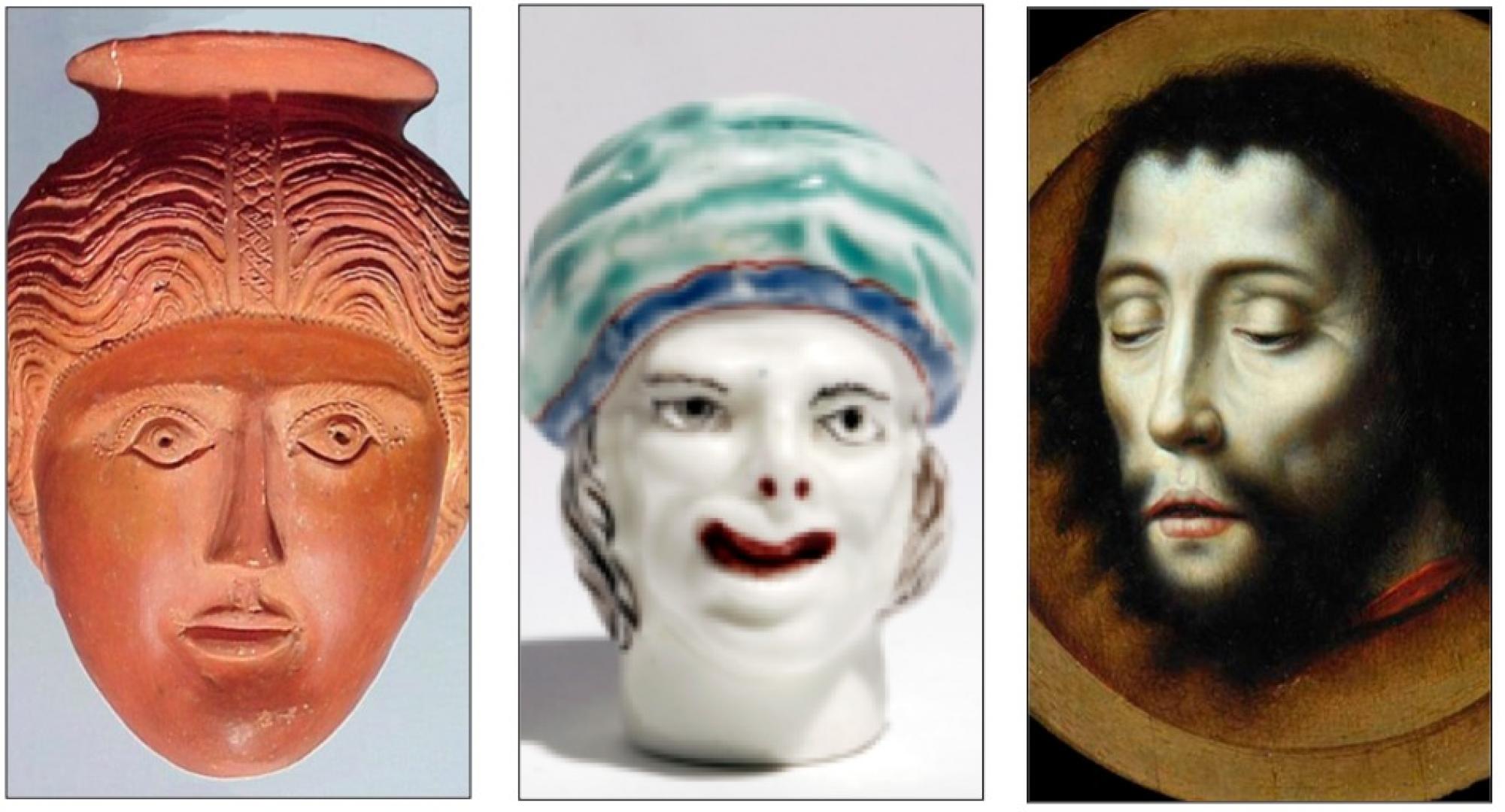In her regular column, Dorothy Blundell takes a sideways look at the collections of The Bowes Museum where she is a volunteer
SOME people say life is a game of chance. Let’s imagine for a moment that John and Josephine Bowes decided to flip a coin over whether they should build a museum in Barnard Castle and fill it with treasures.
Unlikely as this is among the many tales of The Bowes Museum, it must have come down ‘heads’ for the couple’s French palace of wonder, which opened in June 1892, is there to be enjoyed by all. And, what are the odds: a swift online search of the collection’s database shows ‘heads’ outnumber ‘tails’ by seven to one.
The oldest and newest head to join the collection is a remarkable Roman head pot which is estimated to date from the early third century AD. It was discovered in the 1970s during excavations at Piercebridge and came to the museum as part of a large deposit of all the finds (including bits of 47 other head pots) from that site. Human faces are often found in pottery, but face pots have crude features stuck on; head pots are more naturalistic and classical in style. While coarsely made pots would have been used in everyday activities (storage or preserving food), the finer containers would likely have been vessels for oil or wine served at important dinners, or even purposed as storage of cremated loved-ones.
The museum’s head pot is similar to those made by soldier potters from north Africa and is unusual (and famous) for being so detailed. The lack of a base which would have formed the ‘neck’ and stand suggests it was re-worked to achieve this appearance. It depicts a woman, wearing earrings and with an elaborate hairstyle coiled into a bun – typical of the Roman hairstyle or possibly copying the fashion set by Empress Julia Domna.
She was the clever and influential wife of African-born Septimius Severus. She travelled with him on his military campaigns and it is known they were in England between 208 and 211. They travelled between York and Scotland so it is likely they stayed at Piercebridge on occasion. John and Josephine never wanted their museum to be entirely about fine art.
They loved collecting curiosities which helped to shine a light on other cultures or history, and they did acquire some archeological and geological specimens along the way. However, one of Josephine’s delights was pottery of a more modern vintage. She loved the delicate and beautiful porcelain being produced across Europe in the 18th and 19th centuries, which brings us to a slightly grotesque handle for a cane. Made by the French firm Chantilly in about 1732, the decorative head of soft paste porcelain is wearing a green turban.
The eyes and hair are picked out in black enamel, but the reddish brown enamel that defines the nostrils and a misshapen smile give it almost clownish effect. And if Lady Luck turns against you, well, heads might roll… Witness this rather gruesome portrait of St John the Baptist which hangs in the religious picture gallery. It was probably made in the 17th century and is attributed to the studio of Dieric Bouts. It was a common theme in Netherlandish painting which was repeated and refined by other painters. The story of the saint’s death is recounted in the Gospels. He had criticised Herodias for her marriage to Herod, her former brother-in-law. Salome, daughter of Herodias, demanded the saint be killed and the proof served up on a dish. You might say it was a case of ‘heads, you lose’.
The Bowes Museum is open to the public every day. visit thebowesmuseum.org.uk






